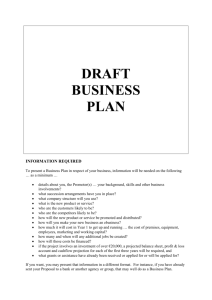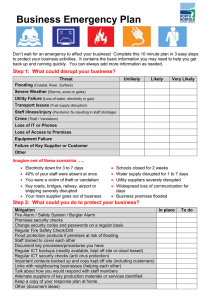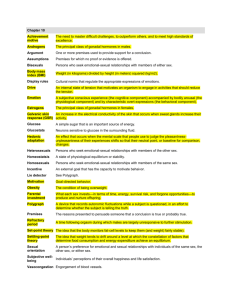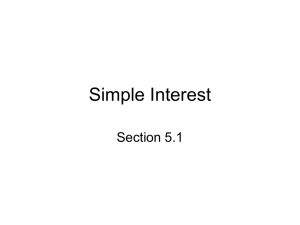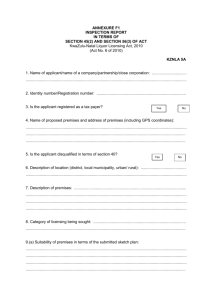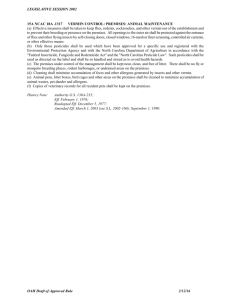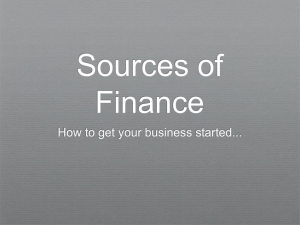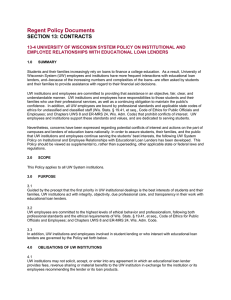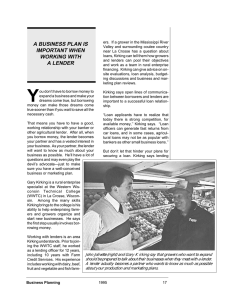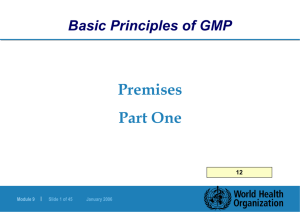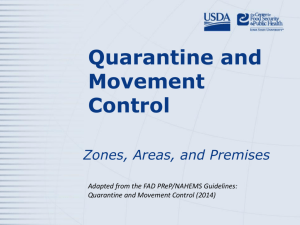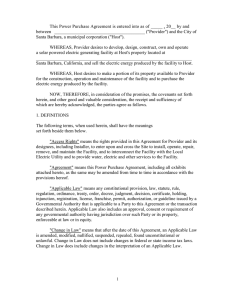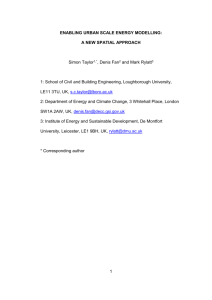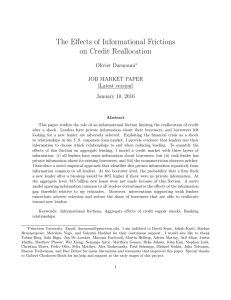the key elements of a good business plan
advertisement
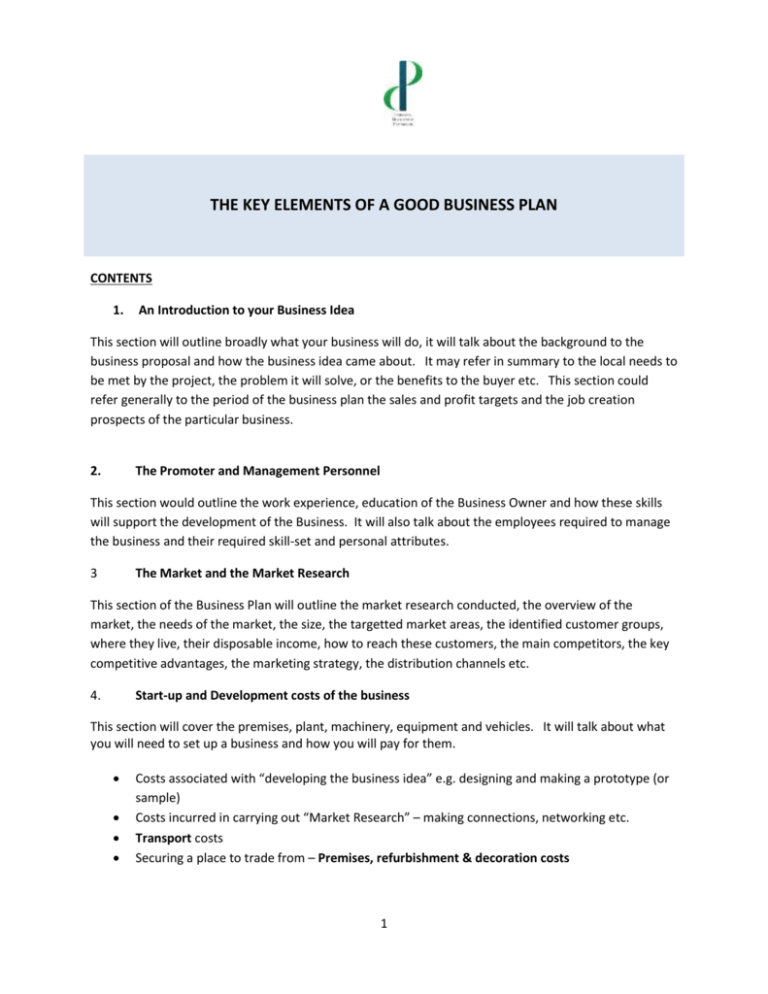
THE KEY ELEMENTS OF A GOOD BUSINESS PLAN CONTENTS 1. An Introduction to your Business Idea This section will outline broadly what your business will do, it will talk about the background to the business proposal and how the business idea came about. It may refer in summary to the local needs to be met by the project, the problem it will solve, or the benefits to the buyer etc. This section could refer generally to the period of the business plan the sales and profit targets and the job creation prospects of the particular business. 2. The Promoter and Management Personnel This section would outline the work experience, education of the Business Owner and how these skills will support the development of the Business. It will also talk about the employees required to manage the business and their required skill-set and personal attributes. 3 The Market and the Market Research This section of the Business Plan will outline the market research conducted, the overview of the market, the needs of the market, the size, the targetted market areas, the identified customer groups, where they live, their disposable income, how to reach these customers, the main competitors, the key competitive advantages, the marketing strategy, the distribution channels etc. 4. Start-up and Development costs of the business This section will cover the premises, plant, machinery, equipment and vehicles. It will talk about what you will need to set up a business and how you will pay for them. Costs associated with “developing the business idea” e.g. designing and making a prototype (or sample) Costs incurred in carrying out “Market Research” – making connections, networking etc. Transport costs Securing a place to trade from – Premises, refurbishment & decoration costs 1 5. IT Costs associated with “compliance & legals -, setting up a company, business and tax registrations Insurance Marketing & Promotional costs: including of developing an on-line presence Website, etc Assets required to run the business, e.g. equipment, including Office furniture etc. Determine Annual running /operation costs: This section of the plan will look at the running costs of the business for at least the first year. It will establish what the likely figures are for overheads such as: 6. Business Owner’s drawings, wage/salary? Staff costs including Govt Levies and holiday costs and staff absence cover Service charges, waste, water, electricity, commercial rates etc Light & Heat Telephone & IT charges Transport running costs Marketing /advertising and premises running costs Insurance Legal & Bookkeeping & Audit Fees Stock Other: TOTAL COSTS FOR RUNNING BUSINESS Details of the Costing & Pricing - Sales/Income Include a section in the plan where you outline “Sales projections” split into volumes of transactions and prices per transaction. You must also refer to your suppliers and the terms of business with your customers and with your suppliers. This is often called the pricing strategy. The income should at least be sufficient to cover the annual operation costs e.g show that the business has a ‘trading profit’. The trading profit must be sufficient, when expenses are paid to also cover any costs incurred in raising finance (e.g. paying back loans to lenders). 7. The Marketing Plan This section of the plan will talk about how you will attract and keep your customers and the communication tools which you will use in order to promote and grow your business. 8. Financial Forecasts/Plan This section of the Business Plan will provide the reader will the following information: The total funding required to start the business. 2 The source of this funding required to meet the business costs. This will refer to the lender types and the amounts sought from the respective lenders and business support agencies. Lender Type of funding Amount Bank Loan Credit Union Loan Own funds/Savings Family/Friend Loan Other Business Support Agency: Donegal Enterprise Fund Agency Inishowen Development Partnership Start-up finance Low-interest finance etc. Back to Work Enterprise Allowance Scheme (BTWEAS 2 years Social Welfare payment on a reduced basis 100% yr and 75% year 2 for the long-term unemployed This section would also outline the security/collateral used to guarantee loans. 9. A detailed set of Cash Flow forecasts for the business. A projected Profit & Loss Account for the business. A Balance Sheet. Risk Analysis This section should provide an overview of the risks associated with the business, the challenges identified and the proposed solutions to these challenges, the limiting factors e.g. lack of funding, working capital requirements and the most importantly the critical success factors to ensure viability and sustainability of the project. 10. APPENDICES Any other detail information which would support the plan, e.g. copy of long-term lease of premises, letters of support for the business, confirmation of funding, service agreements with suppliers etc. If you have incorporated all of the above information in your Business Plan, you have the basis for a good workable plan which can be reviewed and modified as your business progresses. You also have an excellent basis on which to proceed and present your plan to the relevant Government Agencies and to funding organisations, including the Banks. ENDS Prepared by Rosemary Lyons, Enterprise Officer, Inishowen Development Partnership 2011 3


